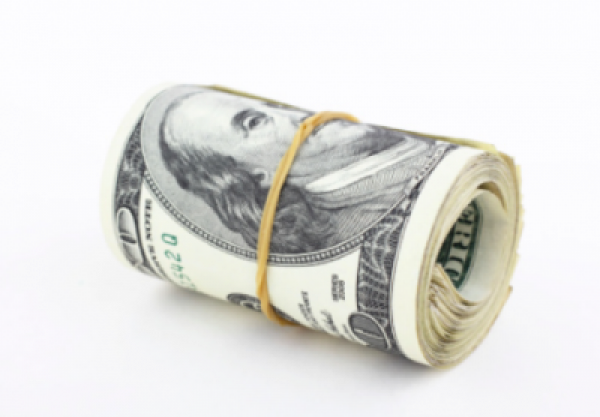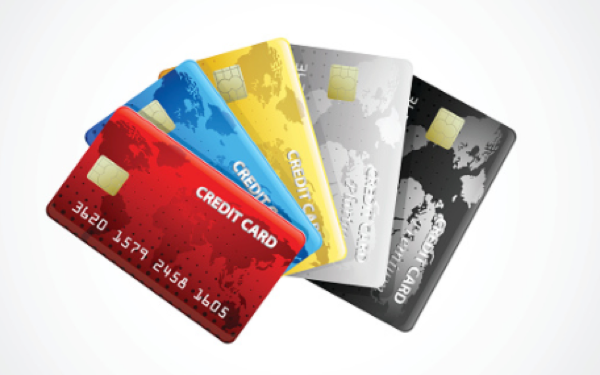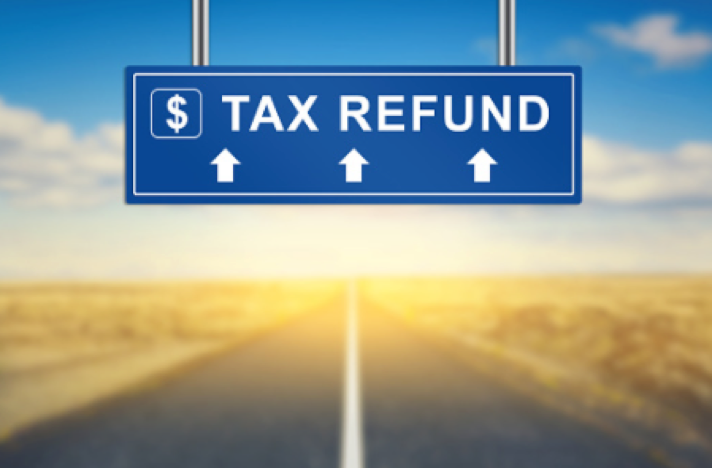6 Smart Ways to Spend Your Tax Refund
In 2018, the Internal Revenue Service (IRS) reportedly issued 112 million tax refunds, with a grand total of $324 billion returned to taxpayers. If you received one of those refunds, it might have been the financial highlight of the year — more money in a lump sum than you could ever expect to receive from another source. Did you spend the money wisely? This year, get rid of that devil on your shoulder with these six smart ways to put your tax refund to better use.
1. Save It for a Rainy Day

Personal finance professionals advise that families should have three to six months’ living expenses tucked away in case of an emergency, but Bankrate indicates that only about seven out of 10 Americans have any emergency savings at all. Consider tucking some (if not all) of your refund into a safe savings vehicle for those rainy days in the future. Quicken Starter Edition can help you keep tabs on the money you put away and create a monthly budget so you don’t dip into the emergency funds unless necessary. You never know when emergencies will strike, but having some money on hand is a safeguard against unnecessary debt.
2. Use It As You Earn It

Some financial experts don’t think you should be receiving a big refund in the first place. They think it’s smarter to adjust tax withholdings from your paycheck so you’re giving the IRS no more than necessary — the equivalent of what you’ll owe at year’s end. If you have less money withheld from your pay, you can spend it as you see fit as the year goes along. You won’t have it in one big lump sum, but you also won’t be using the IRS as a savings account that pays zero interest.
However, if you end up owing the IRS when you prepare your tax return, the penalty for coming up short can be expensive. Run it by a professional if you’re considering changing your withholding so you’re sure you have a clear picture of your tax situation.
3. Pay Off Those Credit Balance

You can use your refund to reduce what you’ll spend on interest charges going forward. This approach works mostly with credit cards — using the money to slash those balances will free up your credit for emergencies in the ensuing year, and you’ll save all that money you would otherwise have paid in interest.
Making an extra mortgage payment or car payment can have a similar effect, but you probably won’t feel the reward for your virtuosity as soon. Your monthly payments won’t immediately drop, but you’ll save on interest over the life of the loans. This can be a smart move if you tend to be far-sighted and you have a lot of your other financial ducks already in a row.
4. Invest in Your Future

You might also consider investing the money in your retirement. If you have a plan where your employer matches your contributions, you’ll effectively earn a second refund if you invest your refund money in your plan. And the contributions may well help ensure another hefty refund check next year because they’re tax deductible in many cases.
Another possibility is to use the money to make upgrades or improvements to your home. Owning real estate is a significant investment and it can pay to keep your property in the best condition possible. Even if you think you’ll never sell, fixing up your home is like a refund splurge without the associated guilt.
5. Divide the Money for Discretionary Spending

Yet another possibility is to use the money in day-to-day living to make your life easier, particularly if your budget is tight. Buy 12 prepaid debit cards, dividing the refund money up over the year. Or deposit it in a “spending” savings account and transfer 1/12 to your checking account each month. Better yet, work it into your monthly budget and track the money on your computer or mobile device using Quicken Starter Edition. You’ll have some extra cash each month to relieve the stress of mini-emergencies, and you won’t feel guilty when you decide to order out for lunch instead of brown-bagging. Your refund is paying for the treat.
6. All Work and No Play

Being smart with your money doesn’t mean you can’t have fun. Especially if you already have six months’ worth of living expenses saved, you’ve already upgraded your home or made significant contributions to your retirement accounts, or you have minimal credit card balances, go ahead and treat yourself to a vacation. Just don’t overdo it — strike a balance between what the vacation costs and how much refund money you received so you don’t incur any debt.
Quicken has made the material on this blog available for informational purposes only. Use of this website constitutes agreement to our Terms of Use and Privacy Policy. Quicken does not offer advisory or brokerage services, does not recommend the purchase or sale of any particular securities or other investments, and does not offer tax advice. For any such advice, please consult a professional.



